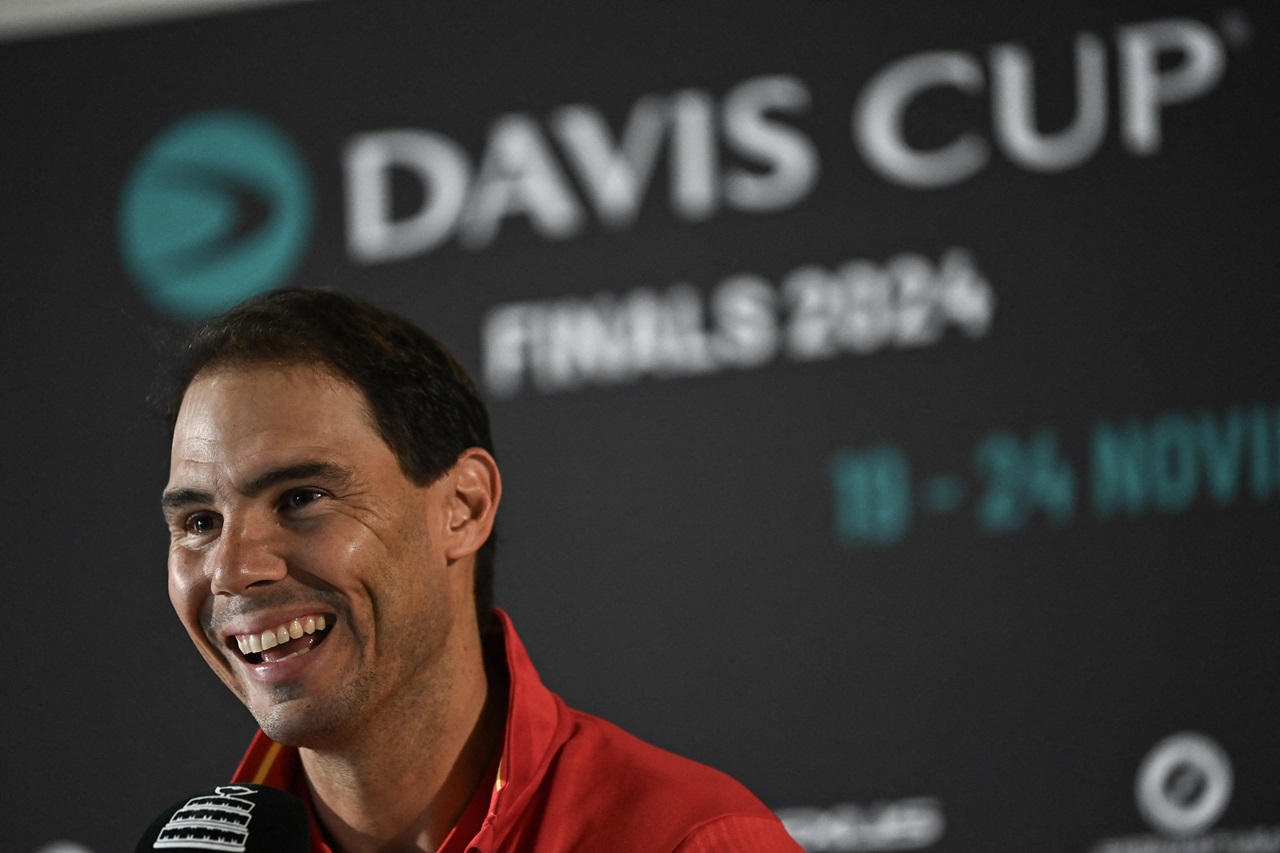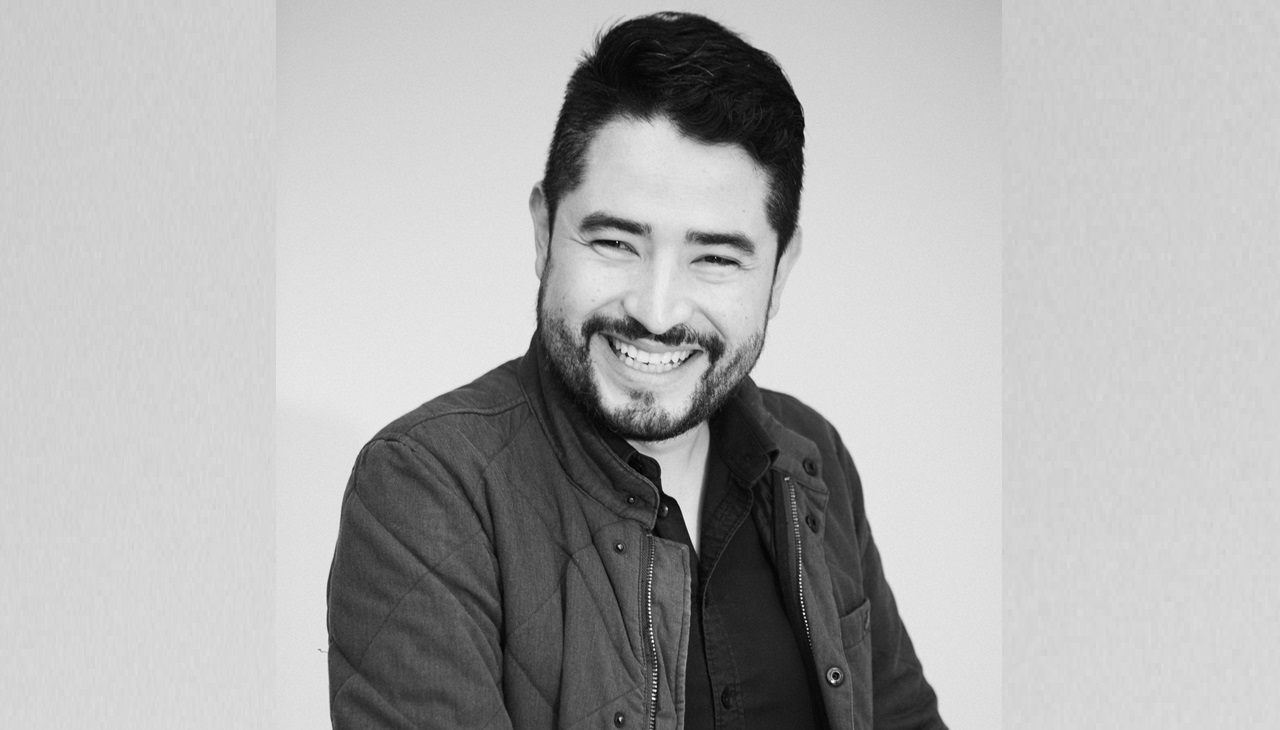
How a Latina entrepreneur made it
Starting any entrepreneurial endeavor will always come with some risk, but how do you decide on the size and scope of the risk you’re going to take?
Suppose you already have a full-time career. You also have an idea for a business venture that you’re extremely passionate about. Do you drop everything, put your career on hold and spend all of your energy chasing your dream? Or, do you maintain your full-time position while maximizing your free time to bring your idea to life?
In an interview with Forbes, one Latina entrepreneur said it might be best to stick with your job for awhile.
CONTENIDO RELACIONADO
Saskia Sorrosa had established a career as an NBA executive, but she had another dream she wanted to pursue — one that would help boost healthier eating habits in children. Raised in Ecuador, Sorrosa grew up with an appreciation for bold flavor. She wanted to start a company that would encourage children to share that appreciation while simultaneously developing a taste for healthy foods.
While continuing her nine-to-five with the NBA, she launched her baby food company, Fresh Bellies. She got the idea off the ground by spending 12 to 15 hours at a time in a commercial kitchen, making the food and scooping it into jars by hand. Then, she began selling her products at farmers’ markets
She maintained her corporate career and her startup for months, working hard at both before deciding to focus on her new business full-time.
When Forbes asked her if she had any advice for other Latina entrepreneurs, Sorrosa had this to say: “Keeping a 9-5 is a less risky way to explore the world of entrepreneurship within the context of a stable job and financial safety. The balancing act can work if you are committed, focused and have a clear vision. You need to ask yourself: what type of business do you want to run? What problem(s) do you want to solve? Through setbacks and hurdles, you have to remember your purpose and what got you started in the first place.”
Sorrosa is representative of a positive trend in the American entrepreneurial world. The percentage of Hispanic entrepreneurs has more than doubled in the past 20 years, jumping from 10 percent of the total number of U.S. entrepreneurs in 1996 to 24 percent in 2016.










DEJE UN COMENTARIO:
¡Únete a la discusión! Deja un comentario.